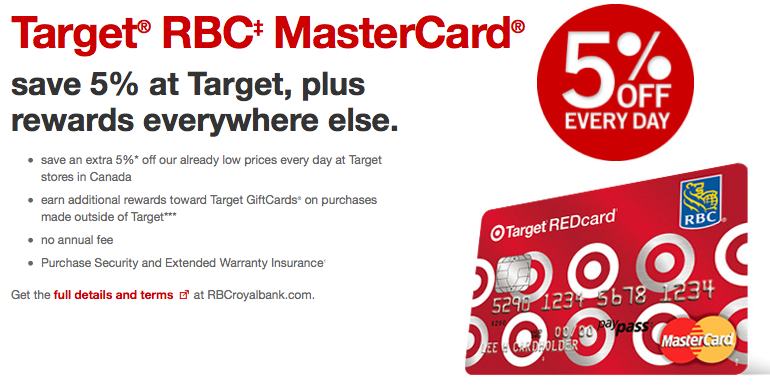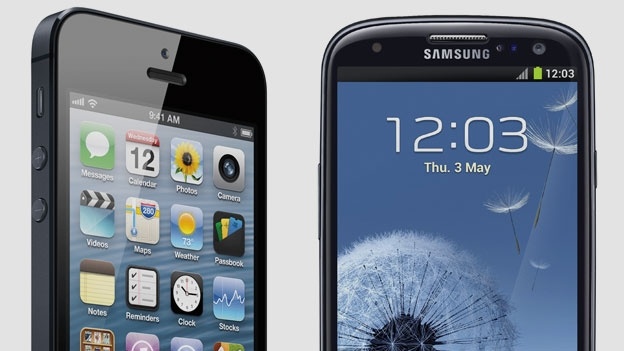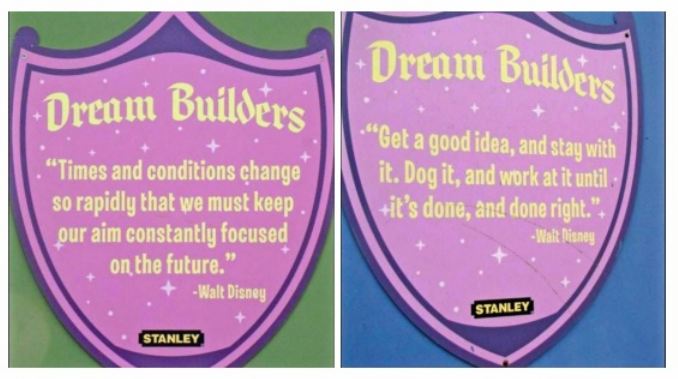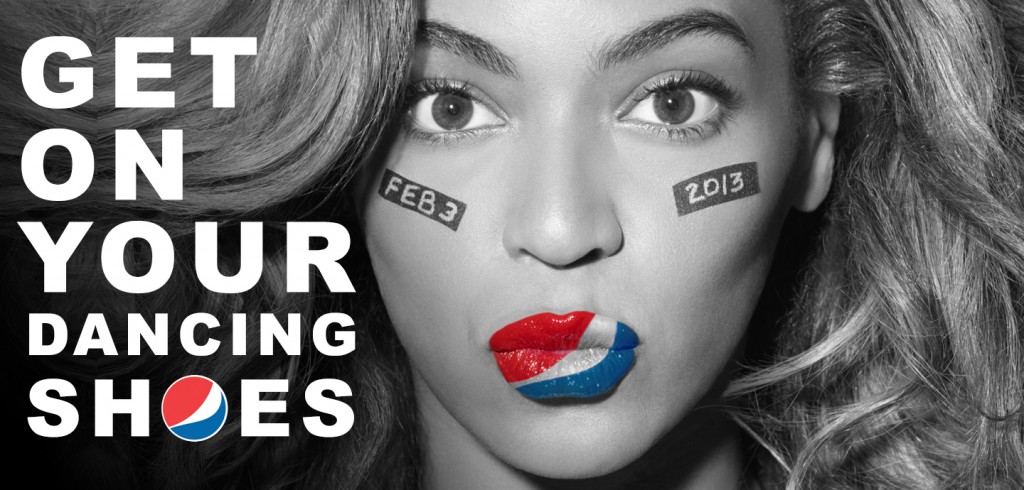What did you learn about teams, yourself, and marketing?
I realized that it is important to learn how to collaborate with a team of people you don’t know. In high school, we always had the chance to choose our own teams; however, we don’t get to choose our own team in reality. I learned that it is important to have the ability to communicate well with the team members and make sure everyone is on the same page, especially in the area of marketing. Also, it is important to know everyone’s strengths and weaknesses in order to be efficient. With only vague understanding on marketing, I thought it was just about selling and making a product attractive. Now I learned that marketing is far more complex than that and it actually involves in creating and delivering values and maintain relationships with consumers. I am also amazed that marketing is actually everywhere.
What skills did you enhance or develop?
I definitely developed analytical skills from doing the marketing plan assignments. Our team spent a large amount of time researching and analyzing the company’s current situations. Also, we needed to select the most important information and analyze the macro-environment to come up with a feasible target market, which requires analytical skills. I also enhanced my team-working skills by trying to organize meetings and communicate with the team members to make sure everyone is updated. Last but not least, I developed my marketing skills by applying what I learned in class to a real case.
What would you do differently next time?
I would keep our team more organized next time. We could set up meeting schedules in which everyone has time to attend so nobody will be behind on the progress. Also, I will help more on the video-making process to make our video more creative and interactive.
What are your top takeaways?
It is difficult to develop a well-analyzed marketing plan. We have to do a lot of researches and have to be clear and concise. I think researching on the company’s current situation and analyzing the macro-environment are most crucial in the process of developing a marketing plan because they are the foundation of everything else. We need those analysis in order to identify target markets and possible opportunities of capturing a market. Also, we need those information to see if the company has enough resources and if the company’s objectives match with our plan.
















